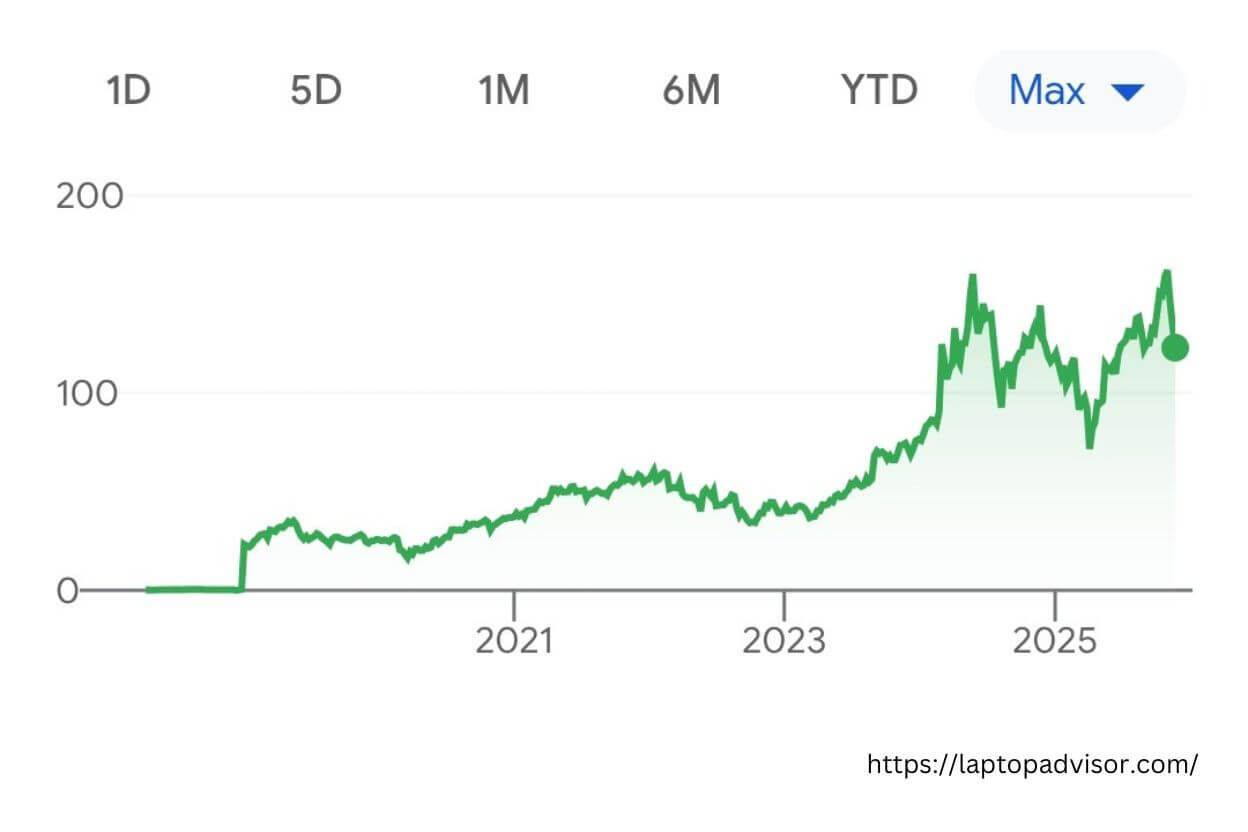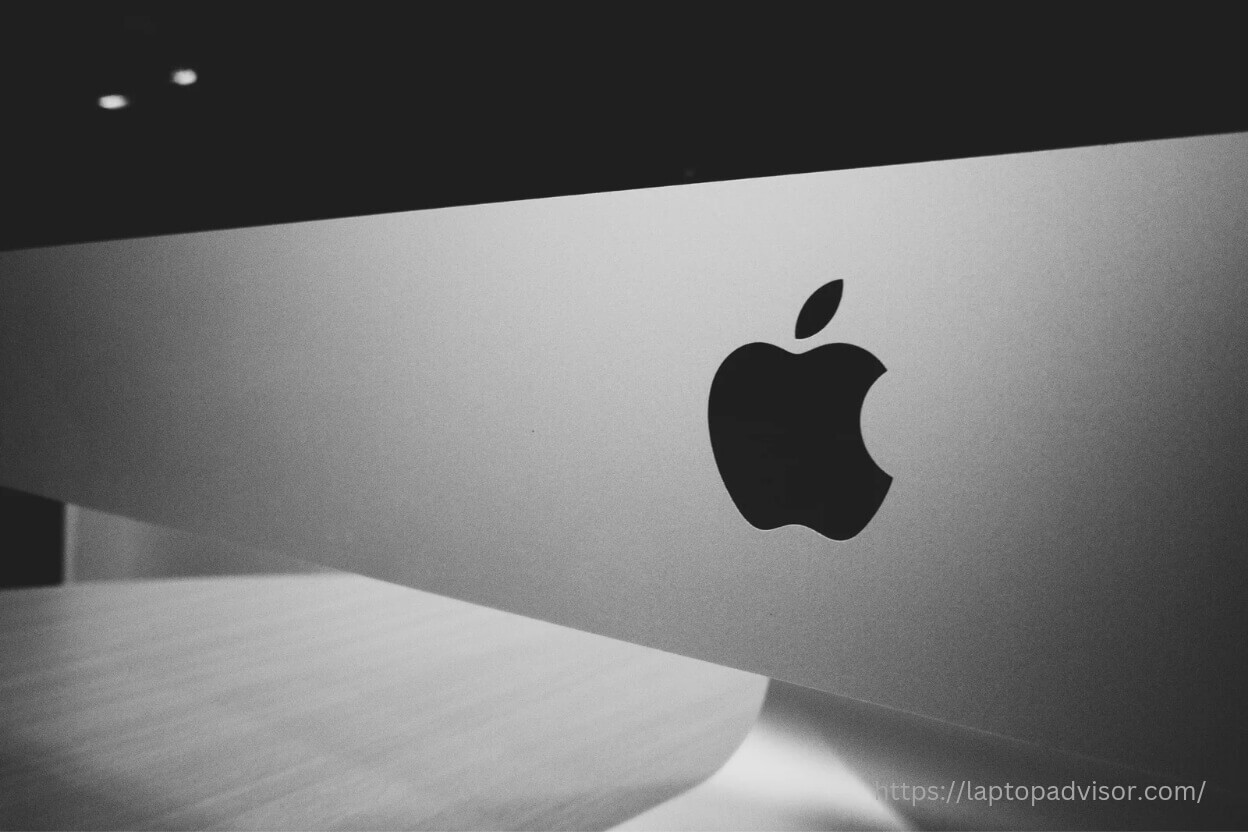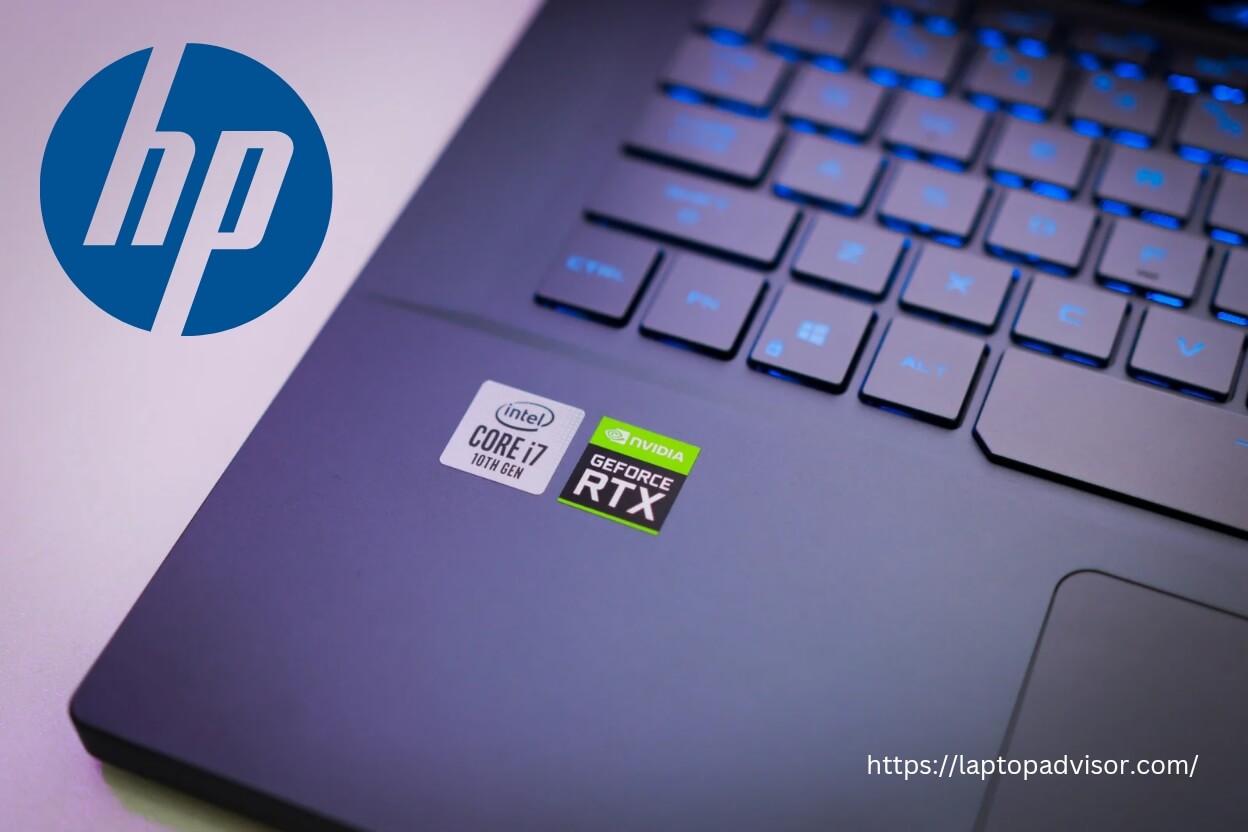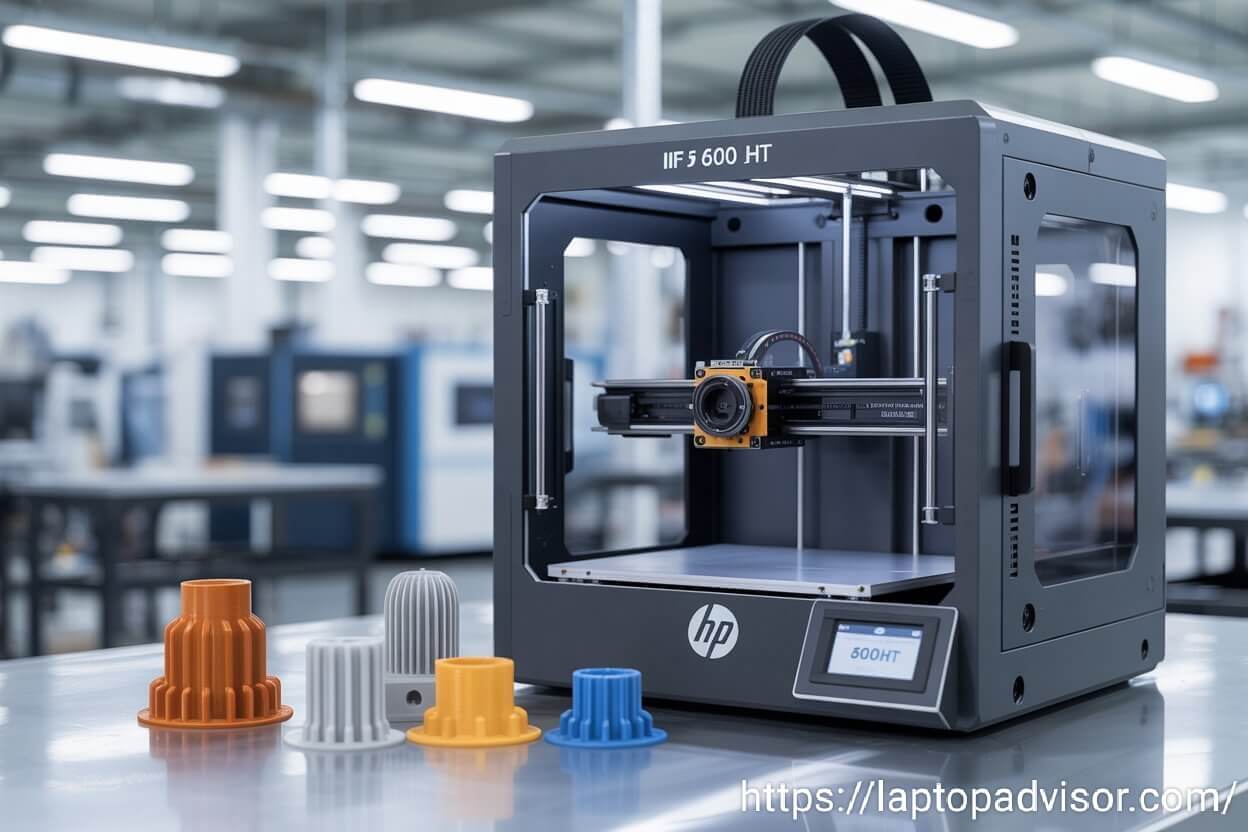Dell Technologies (NYSE: DELL) has recently taken a sharp hit, with its shares down nearly 22.8% from recent highs. While such a tumble naturally raises red flags, a deeper look into Dell’s fundamentals and long-term trajectory suggests that this could be more of an opportunity than a warning — especially for investors willing to play the long game.
On the surface, the sell-off reflects growing investor concern over profit margins. Although Dell beat on earnings, a key worry is that its rapidly growing AI-server business (which uses expensive Nvidia GPUs) is eating into gross margins. The cost pressure from high-end hardware could compress profitability even if sales volumes stay strong.
Yet Dell’s most recent earnings reports paint a much more optimistic picture: in its fiscal Q1 2026, the company posted $23.38 B in revenue, up 5% year over year, and delivered non-GAAP EPS of $1.55, up 17%. Even better, Dell generated $2.8 B in operating cash flow, a record for the quarter.
Dell’s full-year FY2025 results also underscore its momentum: total revenue reached $95.6 B, up 8% year over year, and non-GAAP EPS hit $8.14, another annual record. To return value to shareholders, Dell raised its dividend by 18%, to roughly $2.10 per share, and boosted its share repurchase authorization by $10 B.
Strategically, Dell is leaning in hard on AI. Its Infrastructure Solutions Group (ISG) — which houses servers, networking, and storage — saw 22% year-over-year revenue growth in Q4 FY 2025. Dell now claims an AI-server backlog of around $9 B, largely driven by big deals with xAI and other high-performance computing customers.
The company’s guidance for FY 2026 reflects that bullishness: Dell expects $101B–$105B in revenue (midpoint $103B), non-GAAP EPS of $9.30, and GAAP diluted EPS of $7.85. That implies ~8% top-line growth, and strong earnings leverage if AI demand continues.
Still, there’s a legitimate risk here: margin compression from AI hardware, rising costs, and potential macro headwinds could challenge profitability. Dell’s Q1 non-GAAP gross margin was under pressure, according to analysts, because of expensive GPU components. Additionally, some short-term downside may remain if investors continue to focus on the margin risks instead of the long-term AI opportunity.
On the flip side, Dell’s capital return commitment (dividend + repurchases) provides a compelling cushion for patient investors. The company is returning billions even as it scales its AI infrastructure business. And with demand for AI servers showing little sign of slowing — Dell itself called the demand “unprecedented.”
Verdict: The 22.8% drop may very well be a buying opportunity for investors looking to play the long-term AI infrastructure upside. Dell has real exposure to generative AI, solid cash flow, and a clear commitment to returning capital. But it’s not risk-free — margin pressure is a key headwind.
If I were building a balanced portfolio, I’d consider entering on weakness, perhaps layering in over time rather than all at once. For more aggressive or short-term players, waiting for signs that margin compression is easing might make sense.






